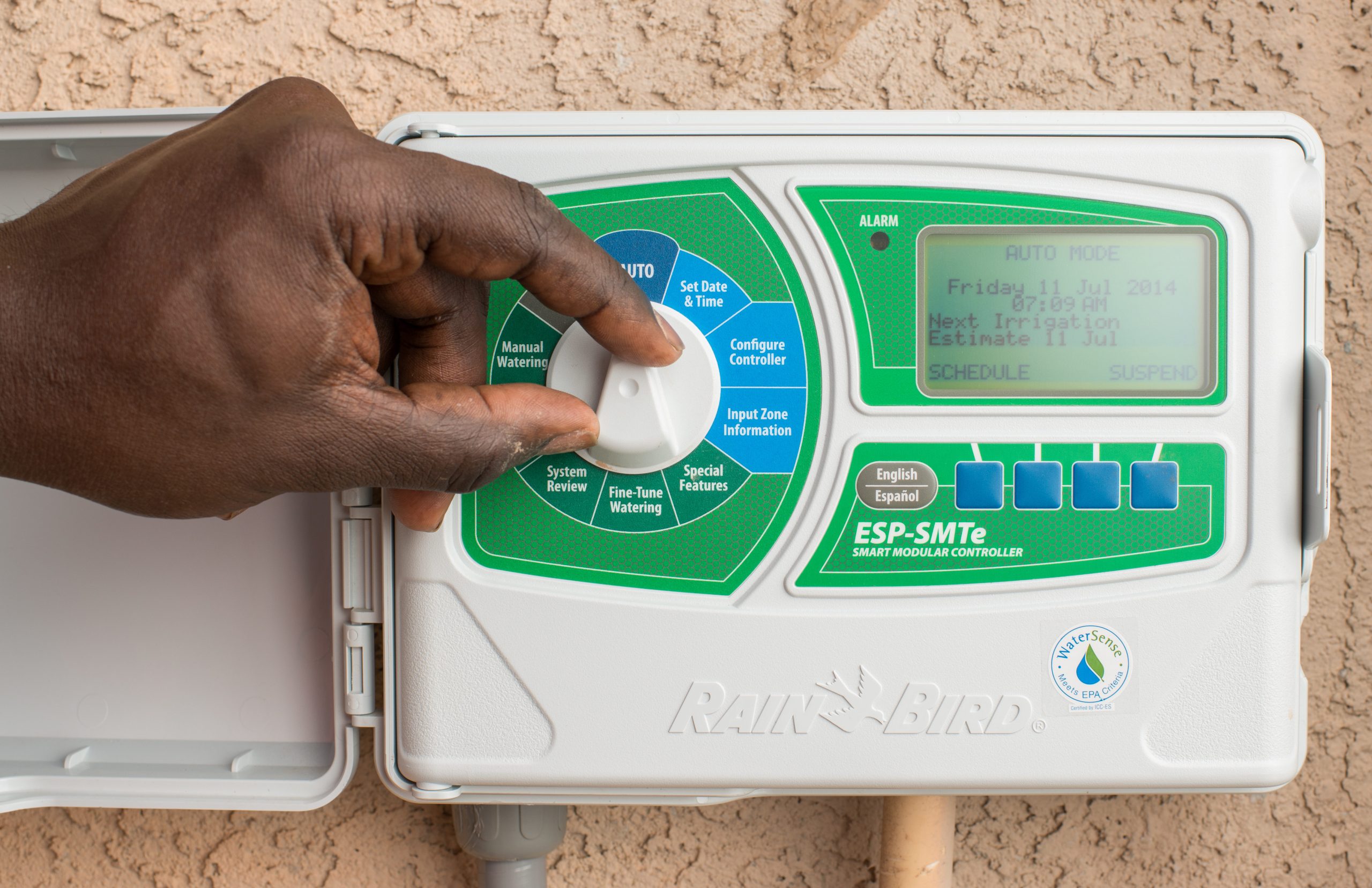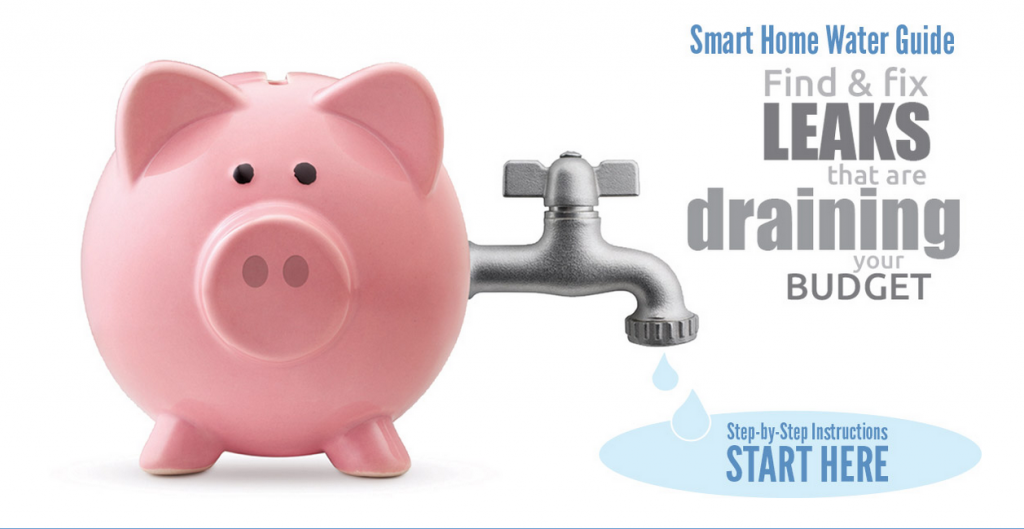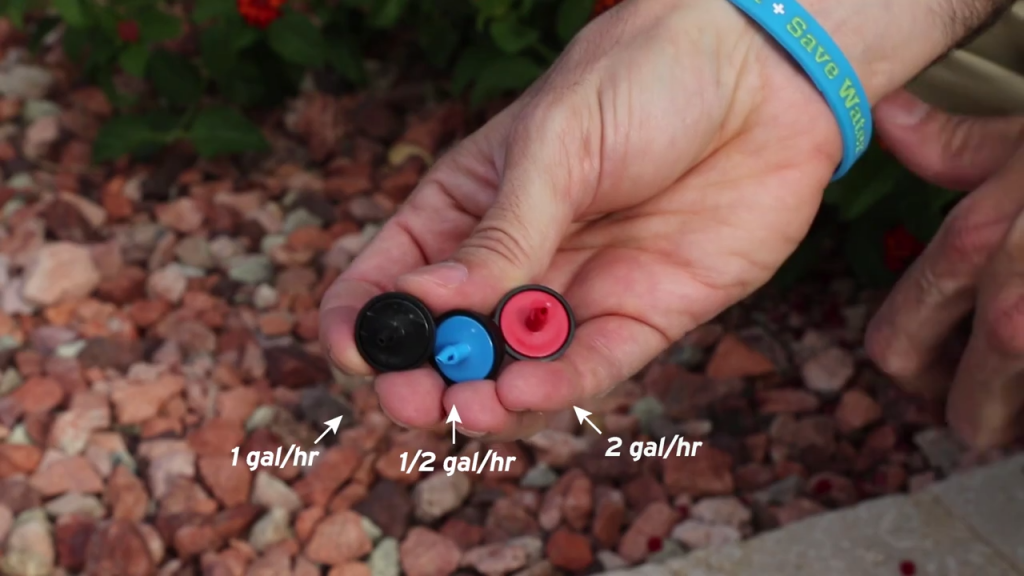Did you know that up to 70 percent of your total household water use goes to your landscape? That’s why it’s so important to check your yard’s water use! This means checking for leaks and adjusting your watering schedule with the changing of the seasons, making sure your irrigation system is working as efficiently as possible.
If you’re not changing your watering schedule with every season (and your plants are still alive) you are applying a summertime schedule, year-round! You could easily save water by cutting back your watering schedule during the
cooler times of the year. View the Landscape Watering Guidelines to see if you are over-watering.
You may also want to consider installing a smart controller to make the watering process even easier. It uses on-site weather and site conditions to automatically adjust watering schedules.

Since your plants need the most water during the summer, it’s best to resolve any irrigation problems before the first heatwave hits. Here is a checklist for some routine maintenance:
- Inspect all components of your watering system, from the backflow preventer to the valves, for water puddling in unexpected places, soggy ground, or eroded soil. If you have a controller, check that the programs are correct. If the controller has battery backup power, replace the battery at least yearly.
- Sprinklers should be checked frequently since they are above ground and can easily get damaged or misdirected. Check the irrigation line from the valve to the spray heads for leaks. Replace spray heads if necessary, and be sure to replace with the proper spray head. Check that sprinkler heads are flush with the soil surface and straight, not tilted. Clear grass, plants and other obstructions that block sprinkler spray. Finally, adjust sprinkler heads so they don’t spray walls, driveways, or sidewalks.
- For drip irrigation, turn on the system 20 to 30 minutes before the inspection to allow enough time for emitter wetting patterns to show. Check from the valve to the end of the irrigation line for leaks or clogged emitters. Check for proper emitter placement on plants as they grow. You may need to move emitters out to the drip line of the plant each season. Do this by purchasing some extra micro-tubing and connectors.
- Missing drip emitters can waste hundreds of gallons of water. Drip emitters regulate the flow of water, such as a half a gallon to a gallon of water per minute. A line missing a drip emitter can flow as much as 7 gallons a minute. Often, drip systems are set to run for hours, so identifying missing drip emitters and either replacing them or plugging them with a goof plug can really save a lot of water. And you may only notice a missing drip emitter when your irrigation system is running.
Be sure to adjust your irrigation timer at least four times a year. Also, consider skipping an irrigation cycle if your yard receives one half inch of rain or more during one storm.
For even more help, use our Smart Home Water Guide for step-by-step instruction on checking your irrigation system for leaks. This handy guide also provides instructions on reading a water meter and using it as a tool to find leaks inside and outside your home.

Heather Turrentine is a water resource analyst with EPCOR Water, one of 18 Water – Use It Wisely partners to offer water-saving advice and programs.


